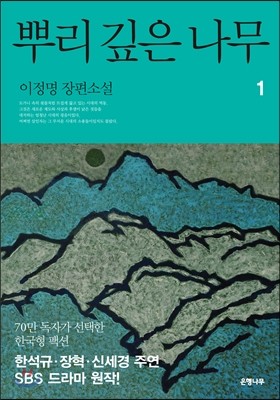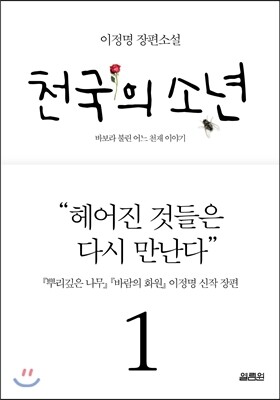Lee Jung-myung(이정명)
There may be additional restrictions against the use of photographic works, which are protected by copyright. Please inquire before use.
- Title
- Lee Jung-myung
- Family Name
- Lee
- First Name
- Jung-myung
- Preferred Name
- -
- Pen Name
- JUNG-MYUNG LEE, イ ジョンミョン, J. M. Lee
- ISNI
- 000000006547569X
- Birth
- 1965
- Death
- -
- Occupation
- Novelist
- Period
- Modern
- Representative Works
- -
- Descriptions
- Works
- The Investigation (2014)
- The Boy Who Escaped Paradise (2016)
Original Works5 See More
Translated Books27 See More
E-books & Audiobooks4 See More
-
Spanish(Español) E-booksEl guardia, el poeta y el prisionero [Kindle Edition]
-
English(English) E-booksThe Boy Who Escaped Paradise
-
Spanish(Español) E-booksEl guardia, el poeta y el prisionero
E-news30 See More
-
English(English) ArticleFive authors of Korean thrillers you should be reading, by Paula Woods
-
Italian(Italiano) ArticleLa pittrice che fu pittore svela il senso della storia
-
Italian(Italiano) ArticlePremio Bancarella 2017, ecco i finalisti
Events1




